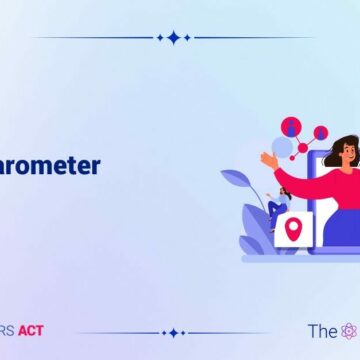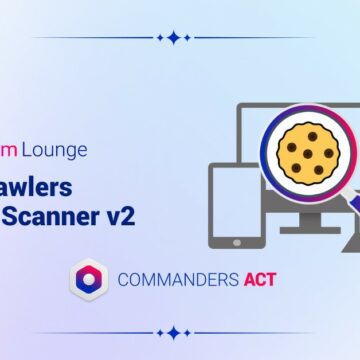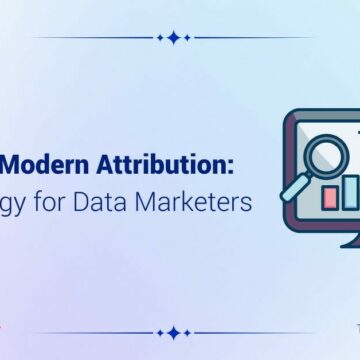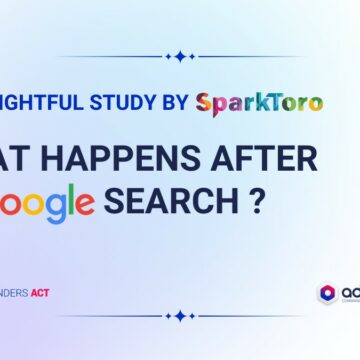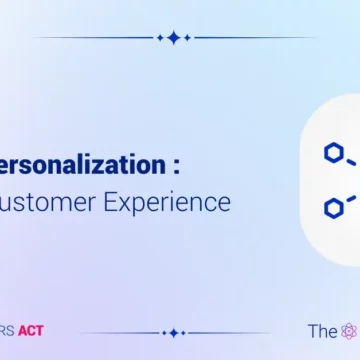6 best practices to optimize your consent rates
07/06/2023 |

When data is at the heart of companies’ concerns, the protection of personal data is at the heart of customers’ concerns. The consent banner can thus be seen as a barrier, or as an opportunity to make people respect their choices.
Optimizing your consent rates is intimately linked to the trust inspired by your brand, the design of your banner, or the organization of your categories. We go back over the terms of consent, the calculation of the consent rate, and the best practices to optimize your consent rates.
1. Understand what is discussed and what is being calculated
Consent is a legal obligation for advertisers to seek permission from each visitor/user when personal data may be collected.
This choice must be made in an informed manner and it happens as soon as the visitor arrives on the site.
Informed choice means clear choice: you need to express the use that is made of the data as well as the scope of the consent. Also allow easy access to both consent and non-consent, whether it is to one or several uses and partners.
Due to the regulators exemption of Commanders Act, the platform is allowed to capture various user signals around consent.
Capture includes the number of times the visitor has seen a consent banner, which is the 1er indicator. Then, the CMP (Consent Management Platform) counts the number of people who have consented, the number of people who have not consented, and then… the others.
These “in-between” cases refer to the number of people who opened the Preference Center and gave partial consent (e.g. consent for the analytics part, but refusal for an advertising use).
The consent rate varies by partner, interface, but takes the percentage of people who consented (opt-in), divided by the total number of people who answered the question (consented + not consented). A visitor who clicked “Continue without agreeing” is considered an opt-out.
What if a consent banner is not a pop-in? If the banner is in the form of a footer, then the visitor can navigate on several pages without expressing his (non) consent. The same is true for bounces. The banner in footer is then always proposed, in the course of the visited pages.
2. The consent proposal is a legal obligation, optimization is a business objective
Make the choice visible
The vast majority of visitors have perfectly understood what is at stake with their personal data. However, for a company they trust, they may be more inclined to express their consent. The first step is not to make their gesture more complicated than necessary. Thus, your banner must be visible to everyone. If you have a rather thin banner at the bottom of the page, it makes it almost invisible, and your visitors will surely not make a choice.
The visibility of your banner should materialize in a pop-in clear enough to make the visitor’s choice effortless.
Legality, ease and UX
Regulators require that site visitors’ choices be easy to make. This means that if accessing the “Accept” button is a one-click process, accessing the “Decline” button must also be a one-click process. This may seem counterintuitive from the perspective of optimizing consent rates, but it is an effort that pays off in the long run.
However in France, the weight of these buttons on the consent banner is not governed since regulators has not ruled on this. This is for example why the “Continue without accepting” button can be smaller than the 2 main choices.
So you have to find the right balance, you don’t have to hide this button, but you have to make the “Accept” button appealing to your visitors.
Most of the actors place the “Continue without accepting” button on the top right. So, the habit has been formed by visitors and they naturally look to the top right to click. We recommend to put the “Continue without accepting” button after the explanation of the choices and the use of the data by the partners. Putting the button where users don’t expect it can lead to a real conscious choice of the visitor, replacing their habit and improving the consent rate at the same time.
Brand identity
After more than 10 years of industry expertise, both pre- and post-GDPR, the experts at Commanders Act were able to notice that when the brand logo was inserted into the banner, it restored visitors’ confidence in the identity of the site collecting their data.
Since the consent banner is placed above a generally greyed-out filter, itself above your site, the visitor may have difficulty understanding which site he has arrived at. He would thus transmit a more frequently negative choice, not really knowing to whom he is addressing. Your logo then allows to reassure and to testify of a certain transparency.
Honesty then brings you better results, especially on mobile where space is at a premium and the pop-in then takes up the whole screen.
Innovation is a prerequisite for full optimization
As always, innovation brings its own benefits: testing new things paves the way for progress, and this is also true for the consent rate. Beyond that, it can even erode over time. In view of the legal framework, players have to innovate, change the form and test new forms of buttons, colors and locations. In this context, AB tests are essential to achieve this objective.
While many companies question the effectiveness of AB testing on preference centers (access to vendors, completeness of usage, opportunity to make precise choices), efforts should be focused on the 1st pop-in screen. Indeed, when we know that less than 3% of users access the preference center, the result of this AB test could impact only a few visitors. AB tests on the preference center may therefore appear to please the DPO more than the visitor or the consent rate.
If one were to choose where to place one’s teams’ efforts, it would be on the “after”. Often neglected after consent projects, the last question is often to convince to click yes or dissuade to click no.
However, the closing of the banner does not mean the end of the collection of consents, it is always possible to obtain additional consents after this banner.
Indeed, it is possible to integrate in-page banners, instead of videos, to encourage the visitor to accept at least these dedicated cookies in order to see the video. Some visitors are thus brought back to the opt-in.
Also, when the button “Continue without accepting” is transformed into “Accept and close” it offers a new possibility of choice to the visitor, sure to close the banner. This innovation in the text is also possible in the Commanders Act platform and very easy. This is another form of innovation that should not be overlooked.
User Experience
UX is a business in its own right and therefore includes specific best practices. During a mobile navigation, acceptance is done with the fingers. Thus, if the “Accept” button is placed on the right edge of the screen and rather towards the bottom, then it will perfectly suit the natural ergonomics of the thumb, often right-handed.
Note that the user experience is as vast as the number of users and is to be deepened with your teams, providers and consultants in order to collect the most natural and comfortable consent of your visitors.
Media and cookie walls
In the media sector, cookie walls (banners where the so-called “direct refusal” is not available) are commonplace. Some players in this sector usually require you to log in, create an account or subscribe to their media to access the opt-out or the site itself.
This technique was quite strongly contested in some countries, but after discussions between the bodies in charge of GDPR compliance and the legislators, it was finally accepted. We must mention this case and its impressive results in the collection of consents, in addition to the bounces…
Discover our other best practices
3. What is the purpose of a strong consent rate?
A high consent rate should be used for analysis, visitor segmentation and data activation.
As a user or visitor of a site, the more data the advertiser collects, the more negative feelings can develop.
To counter this, companies can group consent requests so that they do not have to ask visitors again for consent. This also applies to solutions/vendors that are not yet implemented so that when the time comes, the results are already available.
4. What next?
Consent is a subject understood by most players, but in the long run, the maturity of the subject will be expressed through data governance, and the way to visualize and control data flows.
Stage 2 of the GDPR will include the provision of tools to ensure that consent is indeed respected over long periods of time.
This verification is easily done via the cookie scanner on Commanders Act X or thanks to the server-side. Indeed, with data passing through the platform, it provides teams with an additional visualization of their data. All data flows and leaks can be highlighted for the Commanders Act X user, allowing for a better understanding of the strengths and weaknesses of their consent management.
